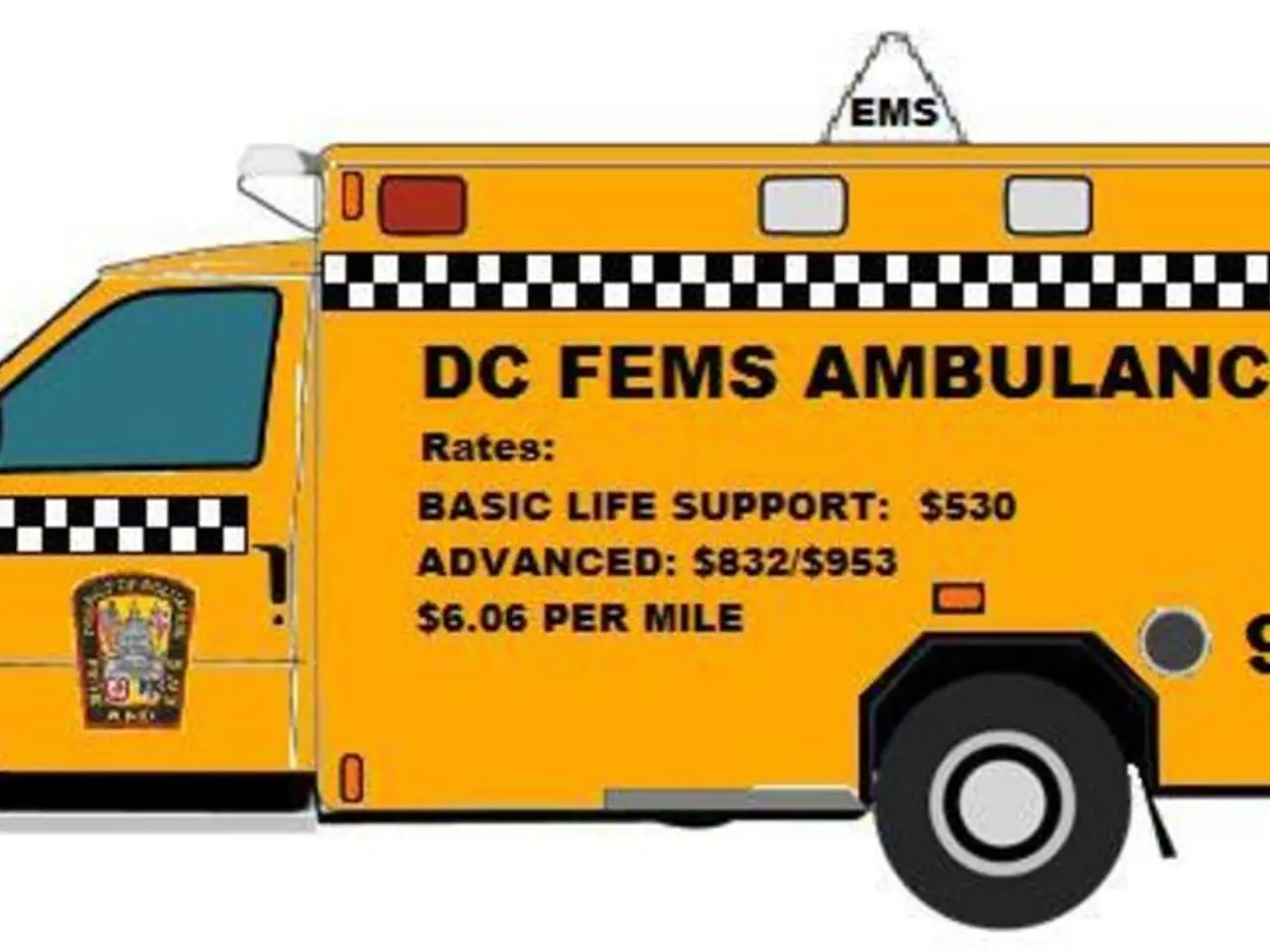Driving apprentices will undergo CPR assessment as part of revised theory exam
From early 2026, the driving theory tests for learner drivers in the UK will undergo a significant change, incorporating essential life-saving skills such as Cardiopulmonary Resuscitation (CPR) and Automated External Defibrillator (AED) usage [1][2][3]. This initiative is aimed at enhancing road safety by equipping drivers with the knowledge needed to respond effectively in emergency situations.
Essential Skills for Learner Drivers
Under the new curriculum, learner drivers will focus on mastering:
- CPR Techniques: Proper hand placement, compression depth (5–6 cm for adults), and the recommended rate of 100–120 compressions per minute [1][5].
- AED Use: Learning when to use an AED, how to turn it on, following voice prompts, and safely delivering a shock [1][5].
Boosting Emergency Response Capabilities
The integration of CPR and AED skills into the driving theory test is expected to lead to a substantial increase in cardiac arrest survival rates. Currently, less than one in ten people in the UK survive out-of-hospital cardiac arrests. However, with CPR and AED use within three to five minutes of collapse, survival rates can increase to as high as 70% [2][3]. By educating approximately 2.4 million learner drivers each year, this initiative aims to significantly expand the number of individuals prepared to respond in emergencies [1][4].
Driving the Change
The push for this change was largely driven by personal stories, such as that of Professor Len Nokes, who lost his daughter Claire, 24, due to complications following a cardiac arrest in 2017 [3][4]. The belief is that a wider understanding of CPR could make a critical difference in emergency situations, reducing the number of tragic outcomes. The initiative has garnered support from organisations like the Resuscitation Council UK and Save a Life programmes across the UK [3].
- The change was spearheaded by Professor Len Nokes, the chairman of the Welsh Government-funded Save a Life Cymru scheme.
- The Driver and Vehicle Standards Agency (DVSA) is modifying the theory test for learner drivers to include questions on CPR.
- The Resuscitation Council UK's chief executive, James Cant, supports the inclusion of CPR and defibrillator knowledge in the theory test, believing it can increase the number of people with life-saving awareness.
Learner drivers must pass the theory test before they can book a practical test.
- To effectively respond in emergency situations on the road, learner drivers in the UK are now required to learn insurance against potential accidents, particularly focusing on insurance policies that cover health-and-wellness provisions such as medical emergencies.
- As part of the new driving theory test, learner drivers are also expected to gain knowledge in science, specifically the principles of CPR and AED usage, as these skills can significantly increase out-of-hospital cardiac arrest survival rates, which currently stand at less than one in ten in the UK.




